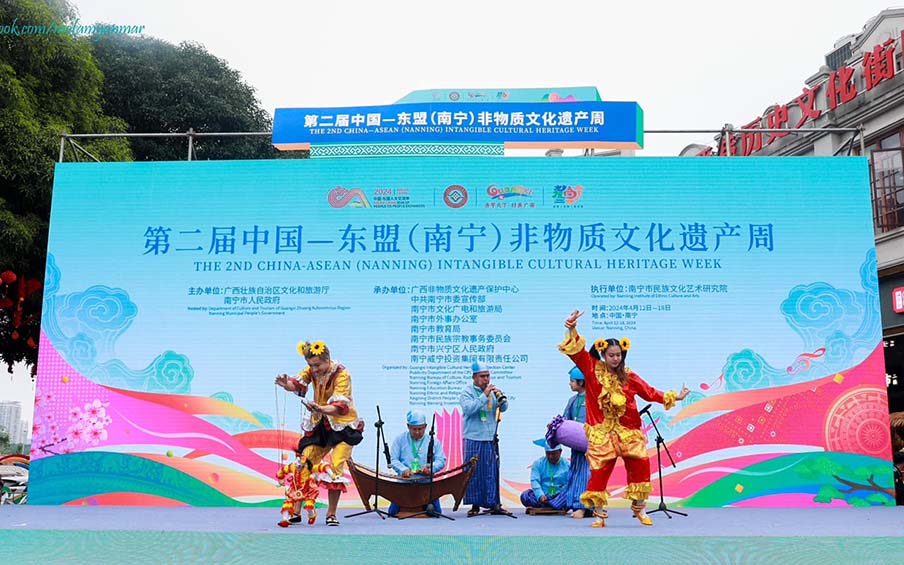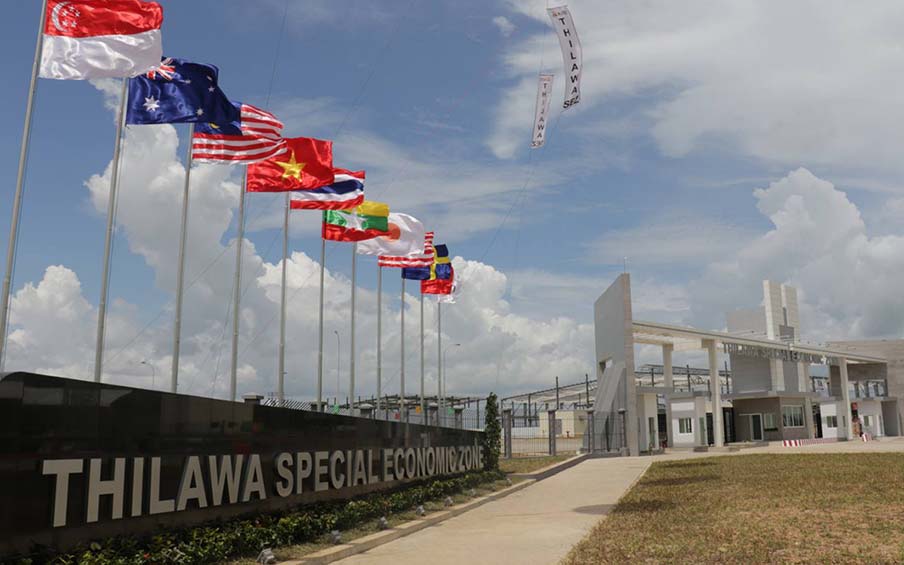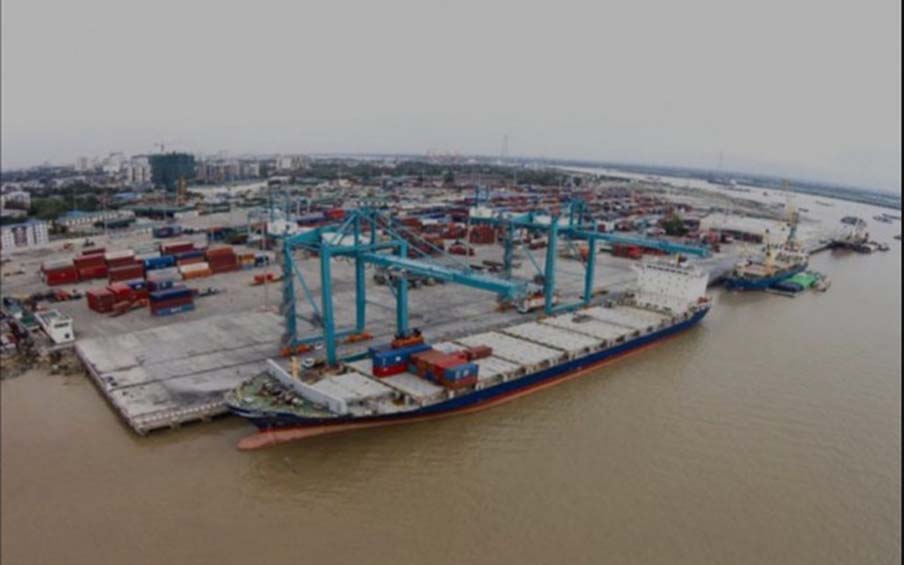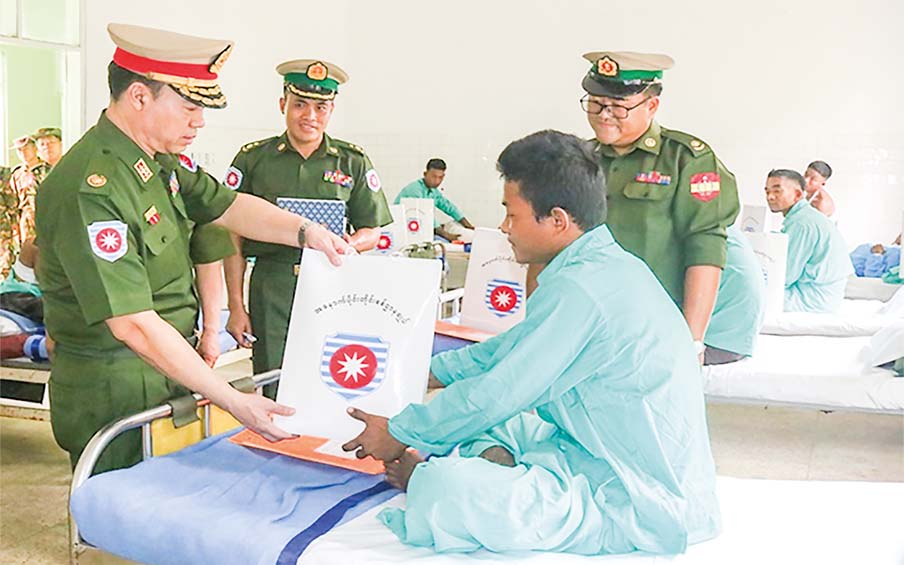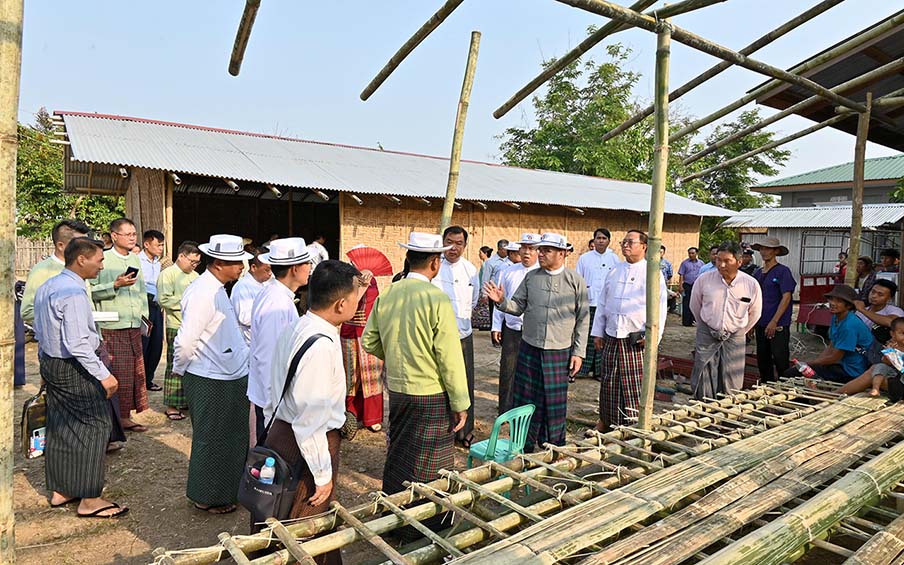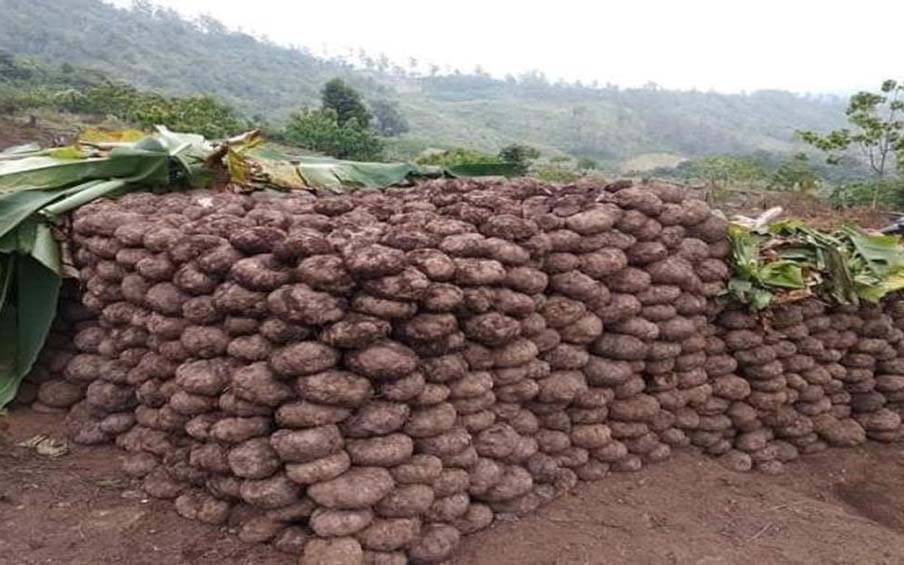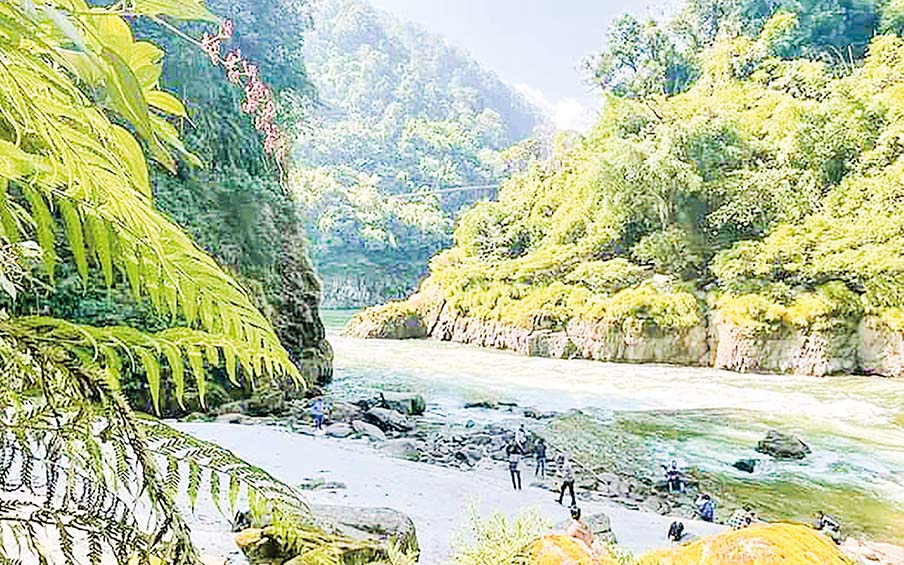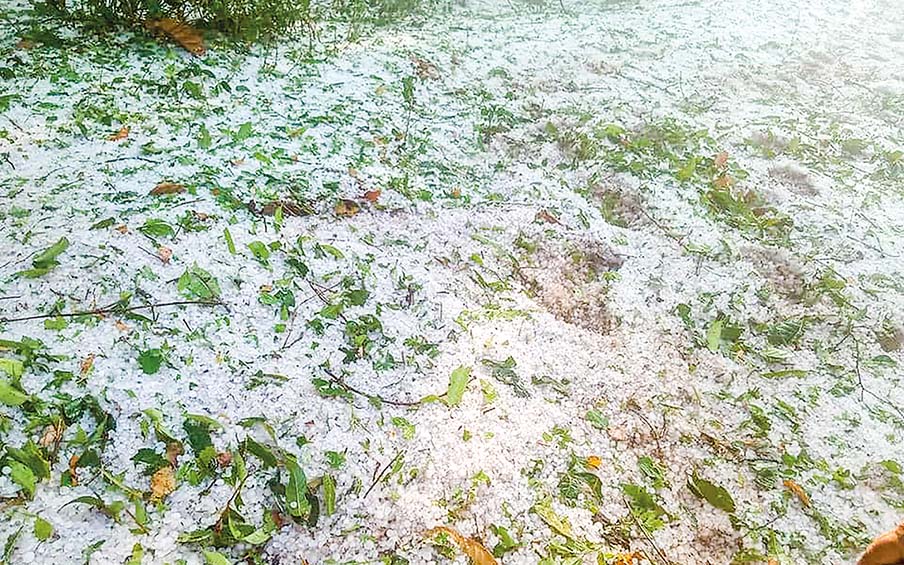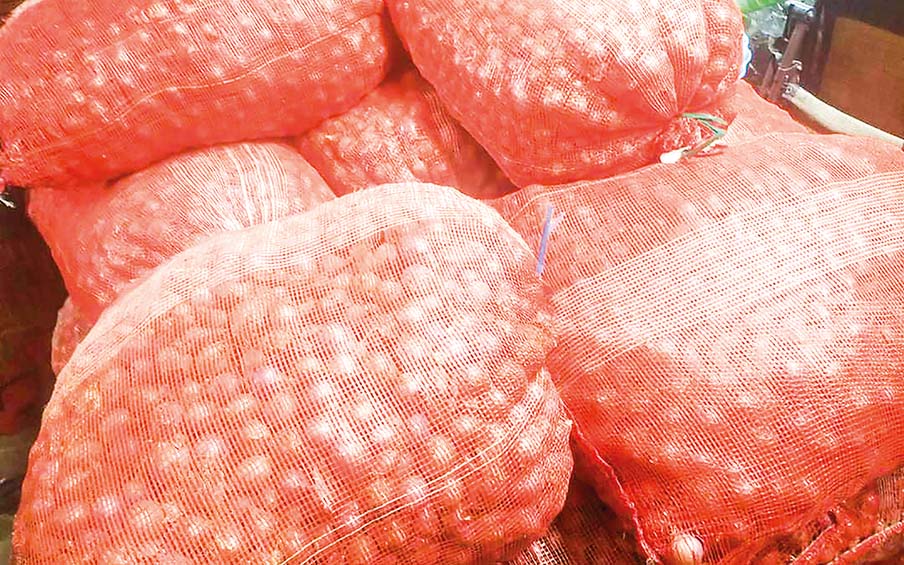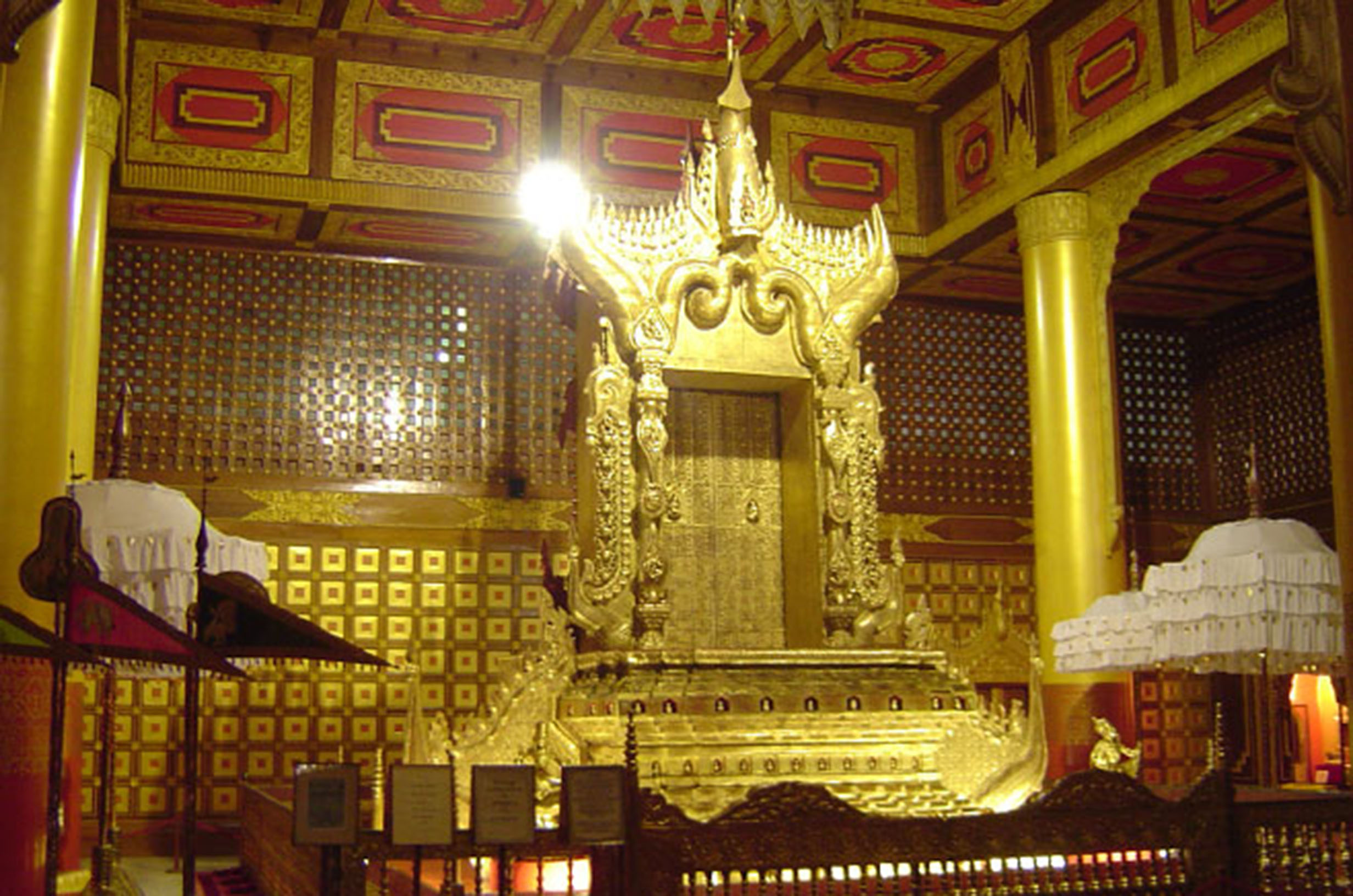
By Maung Tha (Archaeology), Translated by Than Tun Aung
Whenever everybody sees Thiha Thana throne displayed at the National Museum on Pyay Road in Dagon Township of Yangon Region, they can notice it is one of nine kinds of thrones left in the royal palace where Myanmar kings resided. With regard to Thiha Thana called Siha Sana in Pali language, Siha means lion and Asana, venue. As such, Thiha Thana means the venue based on the lion.
Myanmar dictionary defines throne called Palin derived from Pallanka in Pali which means the high seat for a noble person. Thiha Thana throne can be defined as the high seat based on lion statue for the king.
Myanmar encyclopaedia mentions six types for thrones and eight kinds for monarchs. Six types were Aparajita throne for the Lord Buddha, Kamalasana or lotus throne for Brahma, Dibbasana throne for celestial beings, Raja throne for human kings, Atthakarana throne for justice and Dhammasana throne for Dhamma Kathina who preaches Dhamma Desana.
Aparajita throne is in round shape where the Lord Buddha sat, and it has four ways to climb. Raja throne was covered with Marabin wall which was installed with a door from which the king and the queen could climb on the back of the throne.
Eight kinds of the throne, nine halls of the royal palace
There were eight kinds of throne regarding the statues under the thrones and nine halls for thrones.
Thiha Thana throne made of Yamane wood based on lion statues were purposed for the kings. Bhamaya Thana throne made of cardamom wood based on bumblebee statues was used in sleeping. Paduma Thana throne made of mango wood was used in accepting respects. Hantha Thana throne made of rock dammar wood was based on Brahminy duck statue.
Likewise, Gaza Thana throne based on elephant statues made of magnolia wood was used in accepting gifts. Thinkha Thana throne based on conch shells made of Artocarpus wood was used in judicial affairs. Miga Thana throne based on deer statues made of fig was used in sharing merits for meritorious deeds. Mayura Thana throne based on peacock statues made of parrot wood was used in accepting the flowers for paying respects.
With regard to the locations, Thiha Thana throne took a position in the ground hall with tier roof and Zetawun hall of the court, Bhamara Thana throne in glass hall, Paduma Thana throne in west Zetawun hall, Hantha Thana throne in east Zetawun hall, Gaza Thana throne in bachelor hall, Thinkha Thana throne in Laytha hall, Miga Thana throne in south Samok hall and Mayura Thana throne in north Samok hall. Among them, Thiha Thana throne was placed in two halls.
 Throne of monarch
Throne of monarch
Depending on heights of the structures, Maha throne was 16 elbows high, Majjima throne eight elbows high and Cula throne four elbows high. The throne of a monarch was decorated with statues of a lion, flying elephant, Lokanatha celestial being, peacock feather fan, a post of the door, king of celestial beings, a mythical bird, Sammadeva, the lion with a flowing mane, lotus and floral motif on Indra.
Both sides of the Ukin called uppermost part of the back of the throne and the basic structure of the throne were based on lion statues showing symbols of strong and quick acts, proudness and capability to jump and roar to nine dimensions for conquering all enemies. Both sides of the uppermost part of the back of throne were decorated with flying elephant and Lokanatha statues. Such decoration depended on a story, saying that once, the flying elephant clashed with a lion in the sky. At that time, Lokanatha celestial being sang a song by playing a beat in his toes. His pleasant song made peacefulness between two powerful animals.
Peacock feather fans kept on both sides of Ukin dedicate beautifulness of peacock tail as a symbol that although kings in successive reigns attempted to arrest beautiful peacock king which was Bodhisattha but missions failed. Moreover, both sides of Ukin were decorated with the shapes of elephant ears representing Saddan elephant which was the strongest powerful among 10 kinds of elephants. The doorpost of Ukin indicated the doorpost, which was one of 108 characteristics of the Lord Buddha. Four statues of Catumaharaja celestial beings were kept on both up and down structures of two posts of Ukin.
Mythical birds that ate pollen of flowers danced on the day when the Lord Buddha attained Enlightenment. Such symbol was taken in the decoration of the throne for monarchs with the statue of a mythical bird. Likewise, the throne was decorated with statue of Sammadeva celestial being to be able to protect the monarchs against dangers as ogres frightened the lion with flowing mane. So, vine flowers similar to mane of the lion were kept at the throne as decoration. And, the lotus was also carved at the throne to illustrate auspicious blossoming. Moreover, the statue of a floral motif on Indra was kept at the forehead of the chariot of monarchs.
The king and the queen sat on Thiha Thana throne in the ground tier-roofed hall to accept respect paid by royal families, Saophas and counsellors of the court on the New Year period and from end to end of the Buddhist Lent. When receiving foreign diplomats and giving water of oaths to servants, the king sat on Thiha Thana throne in the ground hall. At that time, the throne was flanked by opening four white umbrellas each.
The king judged the cases in trials of the court sitting on the Thiha Thana throne in the Royal Court. If the king could not attend there, the crown prince or the prince of the royal court or any minister of the royal court judged the cases but they had to touch the throne by a hand.
Thiha Thana throne
British brought Thiha Thana throne from the Myanmar royal palace to India and displayed it at Indian Museum in Kolkata. In 1948 when Myanmar regained independence, Governor-General Lord Mountbatten of India expressed his wish to hand over the throne to Myanmar on the occasion of celebrating Myanmar Independence Day at the residence of the Indian government in New Delhi.
Lord Mountbatten advised His Majesty George of British to return Thiha Thana throne to Myanmar people. As the king agreed with it, the British government sent back the throne to Myanmar. Lord Mountbatten handed over the throne to Myanmar in the presence of President Sao Shwe Thike of Myanmar on 12 March 1948.
Thiha Thana throne was kept at the Presidential House on Ahlon Road in Yangon and moved it to the National Museum at Jubilee Hall on 12 September 1959. Then, the throne was moved to Grindlays Bank on Pansodan Road in 1968 and opened in February 1970 for public observation.
Current National Museum (Yangon) was inaugurated on 10 September 1996 and Thiha Thana throne has been displayed at room-1 on the ground floor till today.
Thiha Thana throne was built in 1856 and 1857 in the reign of King Mindon. The throne was kept to be used in judgement in the royal court in Myanansankyaw Golden Palace of Yadanabon Royal Palace, according to Culture Journal (2005).
The book with headline of Myanmar’s royal affairs written by Dr Than Tun mentioned Thiha Thana throne was 34.5 feet high from the foot to top and 5 feet and 11 inches high from the foot to the seat of king and queen. Construction of the throne cost K4,634.9 at that time.
Number of today’s youths who knew measures of thrones used by Myanmar monarchs is lesser. The Thiha Thana throne, which was instance of evidence for own kingship and sovereignty of Myanmar is a cultural heritage as the inheritance of monarchical era of all people from Myanmar.
References:
Myanmar Encyclopaedia Volume VII
Shwebon Nidan treatise (Zeya Thinkhaya)
Myanmar’s royal affairs (Dr. Than Tun)

